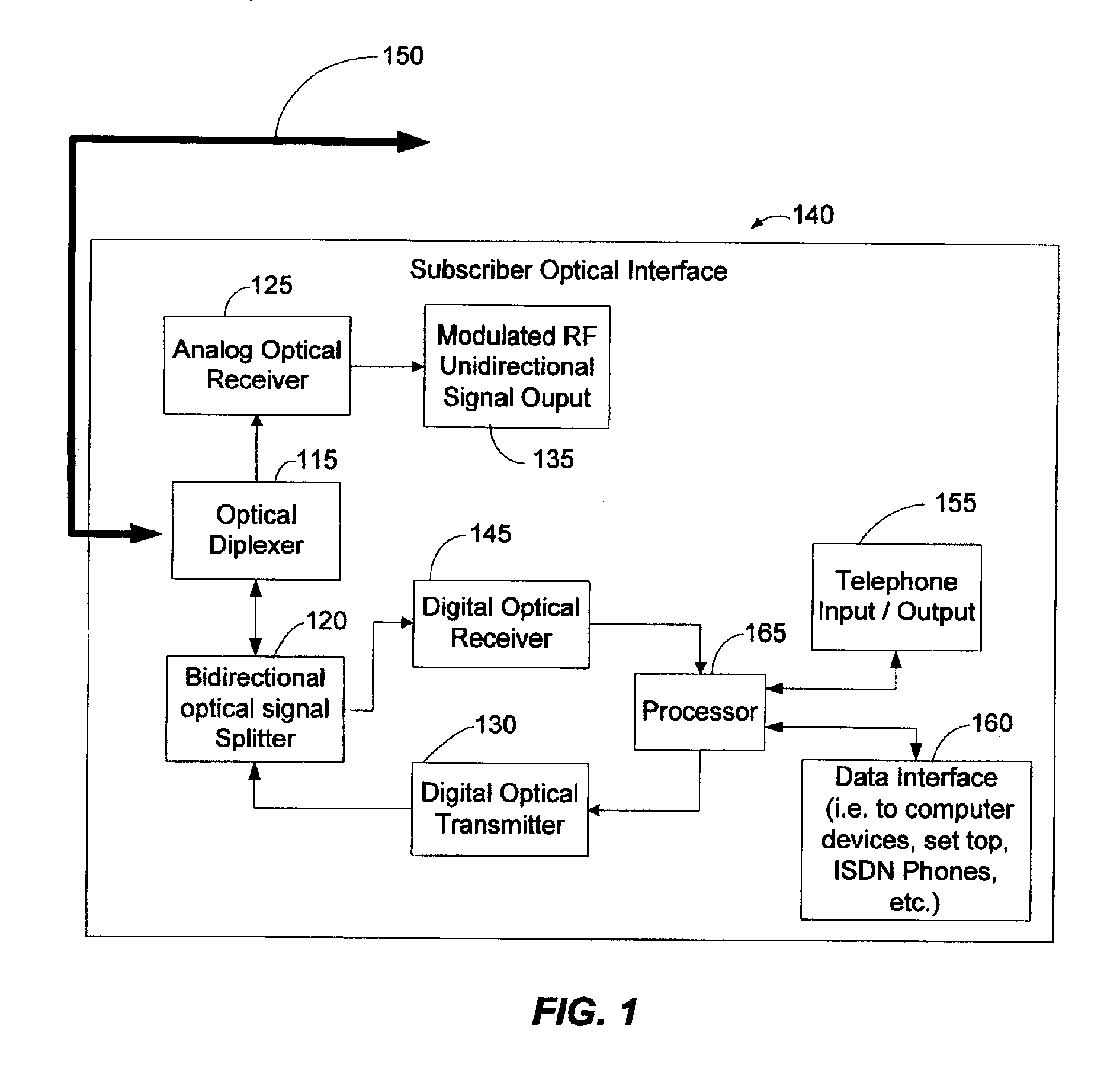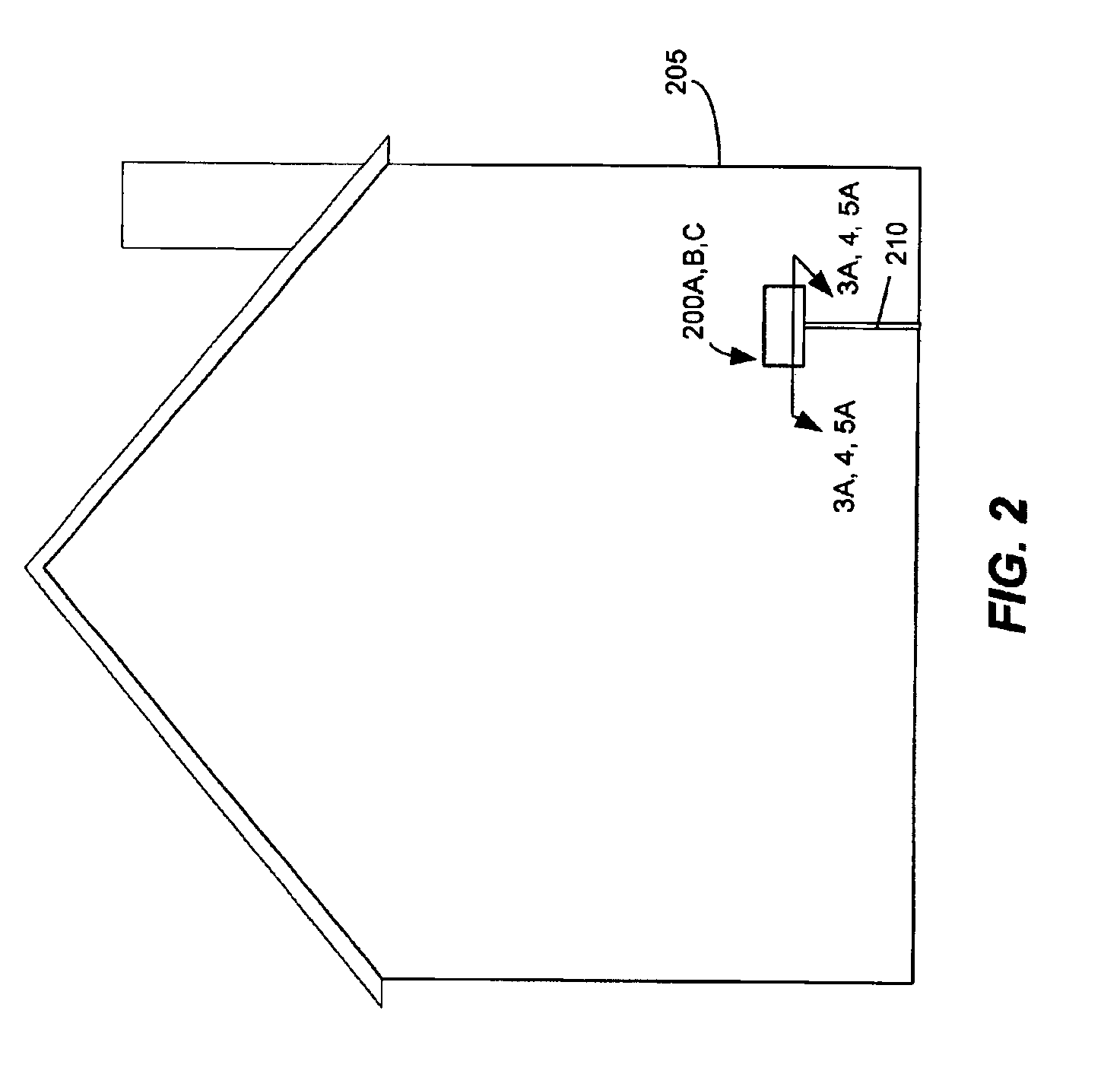System and method for removing heat from a subscriber optical interface
a subscriber optical interface and heat removal technology, applied in the direction of electrical apparatus casings/cabinets/drawers, lighting and heating apparatus, coupling device connections, etc., can solve the problems of enclosures being exposed to direct sunlight, difficult to mount inside structures, etc., and achieve the effect of maximizing the transfer of heat from the enclosure to the environment and minimizing the transfer of heal from the surrounding environmen
- Summary
- Abstract
- Description
- Claims
- Application Information
AI Technical Summary
Benefits of technology
Problems solved by technology
Method used
Image
Examples
Embodiment Construction
[0043]The present invention is generally drawn to a system and method for removing heat from an enclosure or housing of a subscriber optical interface. When a subscriber optical interface housing is attached to a structure such that a partially enclosed volume of space remains between the structure and the subscriber optical interface housing, this partially enclosed volume of space can produce a chimney effect when heat from the subscriber optical interface housing is intended to flow from the fins towards the structure. This chimney effect can refer to a fluid such as air within the partially enclosed space that is heated by the fins and that rises upward when the ambient or surrounding fluid is cooler relative to the heated fluid. The shape or position (or both) of the fins can be selected to the maximize chimney effect mentioned above.
[0044]According to another exemplary embodiment, the subscriber optical interface can be shaped to form an internal chimney structure that is enti...
PUM
 Login to View More
Login to View More Abstract
Description
Claims
Application Information
 Login to View More
Login to View More - R&D
- Intellectual Property
- Life Sciences
- Materials
- Tech Scout
- Unparalleled Data Quality
- Higher Quality Content
- 60% Fewer Hallucinations
Browse by: Latest US Patents, China's latest patents, Technical Efficacy Thesaurus, Application Domain, Technology Topic, Popular Technical Reports.
© 2025 PatSnap. All rights reserved.Legal|Privacy policy|Modern Slavery Act Transparency Statement|Sitemap|About US| Contact US: help@patsnap.com



